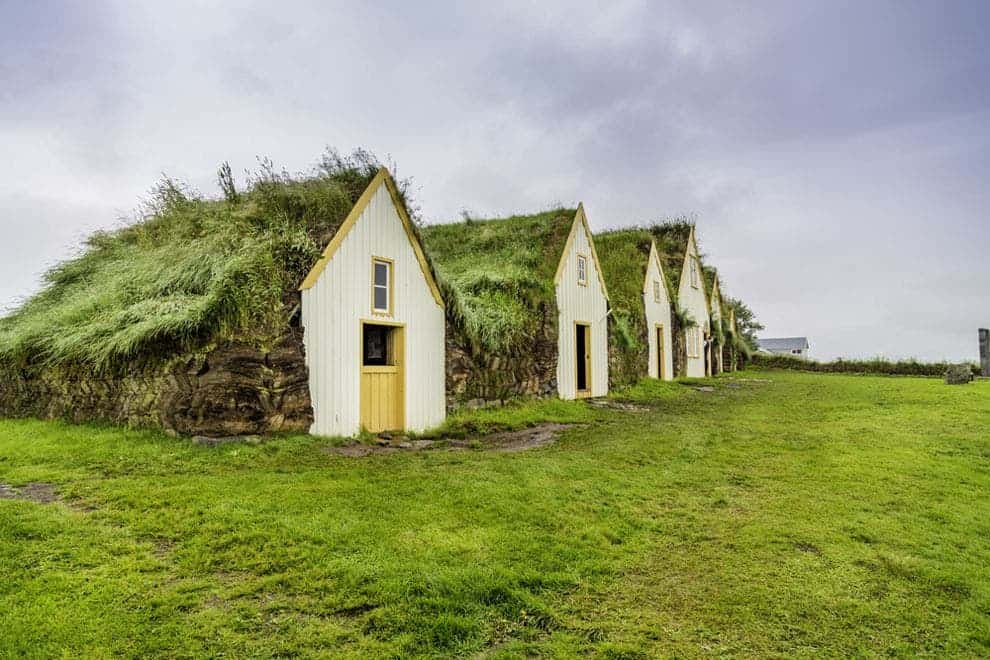
These little and pretty cottages do a really good job at keeping the cold out – plus they’re friendly with the environment and surprisingly cozy.
Many years before going green was a thing, Icelanders were constructing eco-friendly houses without even knowing it. In countries such as Norway, Scotland, Ireland and Greenland turf houses were left to those who couldn’t afford anything else, but in Iceland, they were used by people from all classes.

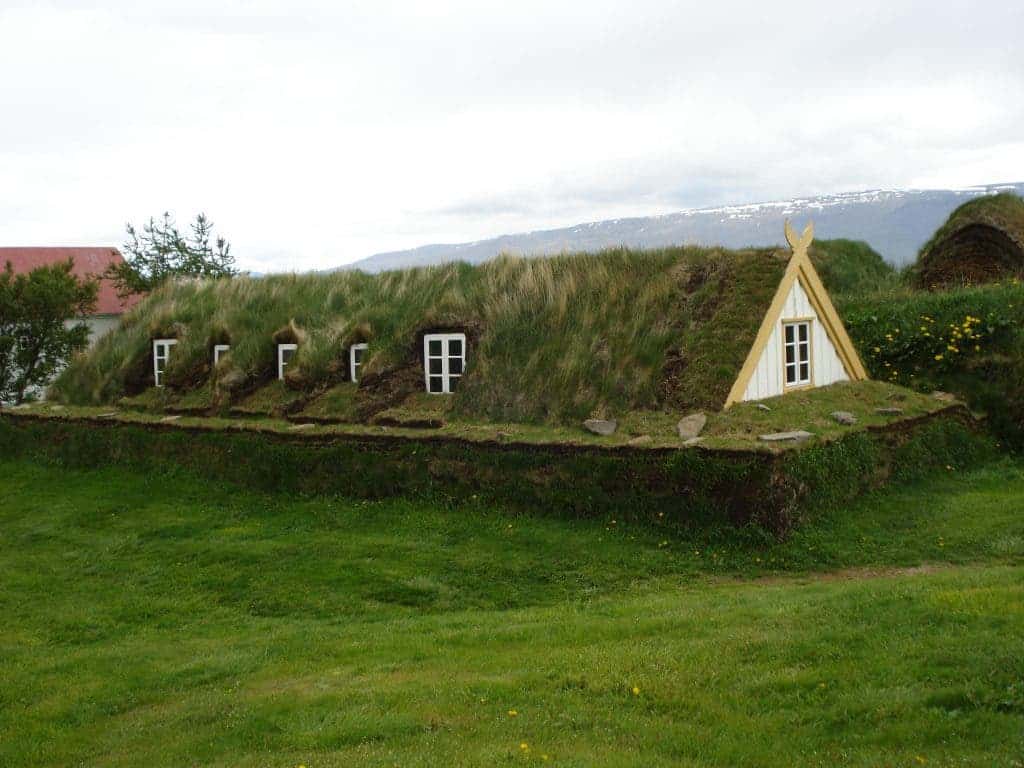
Icelandic turf houses emerged as the result of difficult climate, offering superior insulation to houses built only from wood and stone. Wood was also a valuable commodity, as only a portion of Iceland was forested when settlers arrived, and deforestation went on pretty quick. The settlers actually brought this idea in, probably from Norway (where similar houses can be found, though not as many).
The turf is built from the mineral-rich marshlands, which are a common occurrence in Iceland. Special tools are required to build different turf sections. Strengur is a section of turf approx. 1 m long and no more than 5 or 10 cm thick. The wals can be built from strengur, by stacking them in layers. Torfa is similar, but wider. Another commonly used cut is klömbruhnaus, cut with a spade to an angled block approx. 60 cm long, 20 cm high and 30 cm wide.
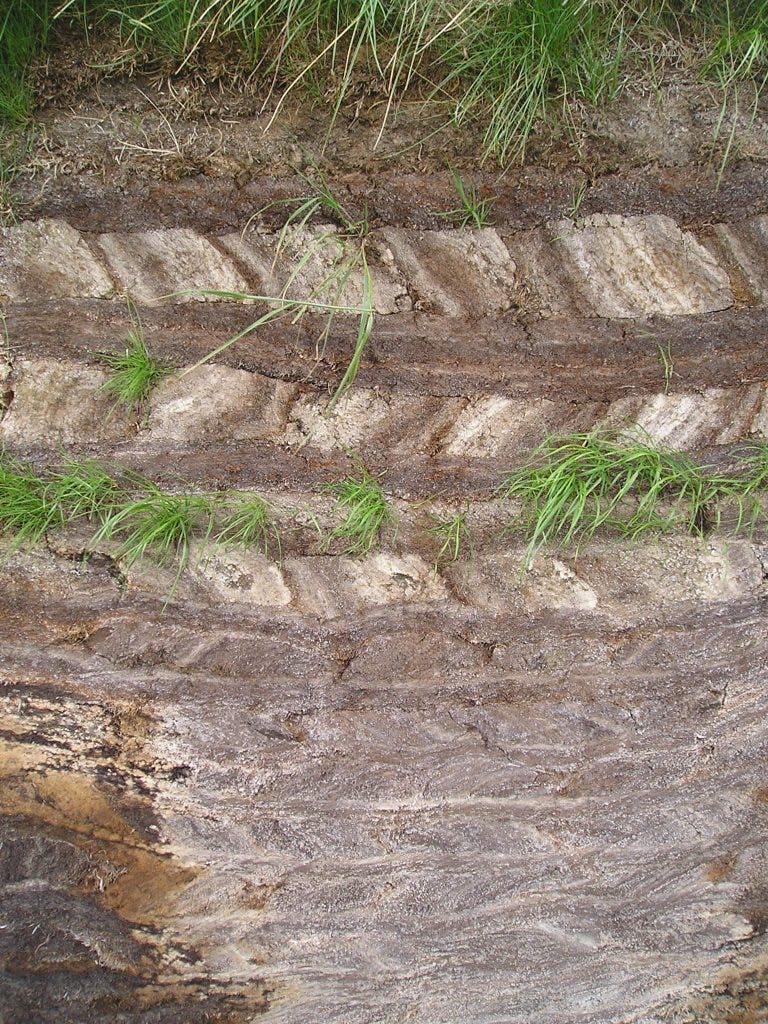
The layers of turf used as walls make it seem as if the house is rising from the ground, but the turf is still set up on a wooden frame. The structure makes it so that warm air can’t really escape the house, and cold air can’t really enter it. Another interesting aspect of the Icelandic turf house was the introduction of attached toilets, which were communal, and the act of going to the attached toilet was often done in large groups.
There are archaeological indications that turf houses have been made for over 1,000 years in Iceland, but many innovations were introduced as the centuries passed. The first significant advance came in the 14th century, when the Viking style longhouses were gradually abandoned and replaced with many small interconnected buildings.
Then, in the 18th century, another change occurred and the burstabær, with its wooden ends or gaflar began to be built – this is the house we see today in Icelandic turf houses. The style lasted until the modern time, when iron became to be widely used in constructions.
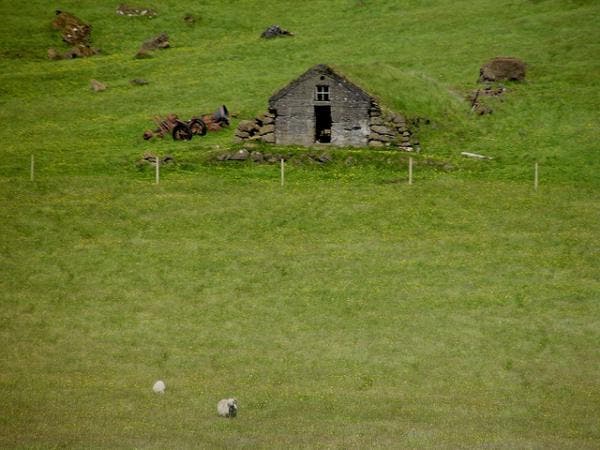
This architectural design and the efficiency of these houses is a testament to how creative humans can be when faced with unique challenges – such as the climate and lack of resources in Iceland.
The UNESCO website reads:
“The long-house in Iceland was traditionally one large house which housed all the necessary functions. The longitudinal double-pitched roof was supported by freestanding inside posts and covered with turf. The entrance was placed on the longitudinal side of the house. The outer walls were made entirely of turf or turf and stone. Inside, the house may have been divided into two or three parts by light timber walls. The shape of the long-house changed over time, and the archaeological evidence shows that other smaller buildings were annexed to it at the rear. The function of each house would be clear, but the data suggests that a house could change function from one period to another.”
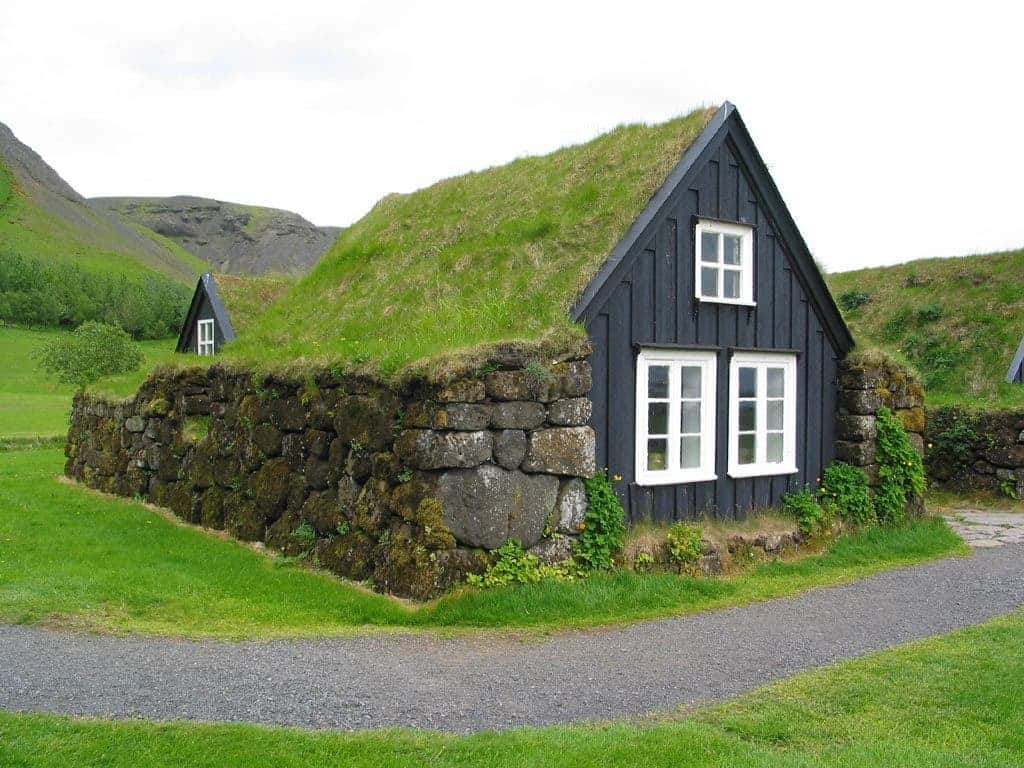
The stability and durability of the house relies greatly on the quality of the materials and the workmanship. The walls need constant reinforcement, approximately once in 25 years (although there have been documented cases of 50 and even 70 years).
The very nature of this building style has been to change and adapt as time passes, and now, in modern times, they can make a re-emergence. After all, they’re built from renewable materials, they’re sustainable, they’re cozy and they look great – what’s not to like?






